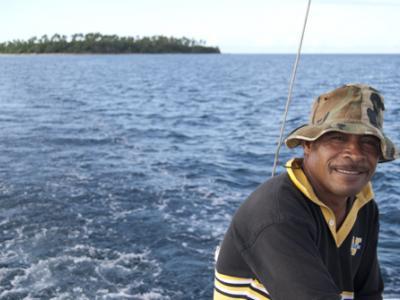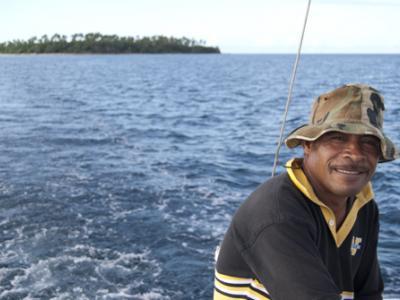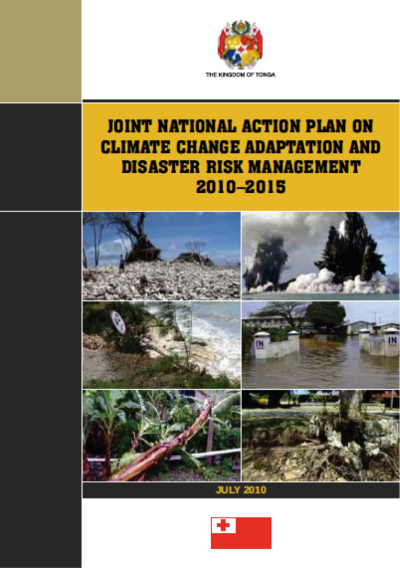The Kingdom of Tonga is an archipelago consisting of four clusters of islands, located northeast of Australia. It is the only Pacific Island nation that has not been colonised. Encircled by fringing reefs, most of the islands in Tonga originate from coralline. The majority of these islands are comparatively flat except for those raised by tectonic action. Consequently, the multiple effects of climate change pose a significant threat to the islands of Tonga. Some of Tonga’s adaptation projects include: public awareness programmes, coastal revegetation, coastal protection, expansion of water collection systems and agroforestry. Tonga’s climate is tropical. It is defined by a wet season from November to April, and a dry season from May to October. Tropical cyclones occur during the wet season, inflicting extensive damage on local infrastructure, agriculture and major food sources. Droughts occur during the dry season, contributing to a depletion of potable water. The two main sources of freshwater in Tonga are stored rainwater and freshwater lens found in highly porous limestone substrate. Groundwater supplies are subject to salt-water intrusion as a result of increasing sea levels. Records suggest that there has been a general increase in sea level of 14mm/yr between 1993 and 2001. The rise in mean sea level combined with extreme weather events is likely to contribute to an increase in inundation of low lying areas.
Tonga’s economy base is small, and is mainly comprised of climate-sensitive sectors such agriculture and fisheries. The country is also dependent on foreign aid. Coastal resources such as marine fisheries are vital to livelihoods of Tongans. Coral reefs, mangroves and beaches are the main environmental components of the coast which are under threat from the effects of climate change. The combination of coastal developments such as the mining of beach sand, sea level rise and extreme events caused by climate change, have led to coastal degradation.








